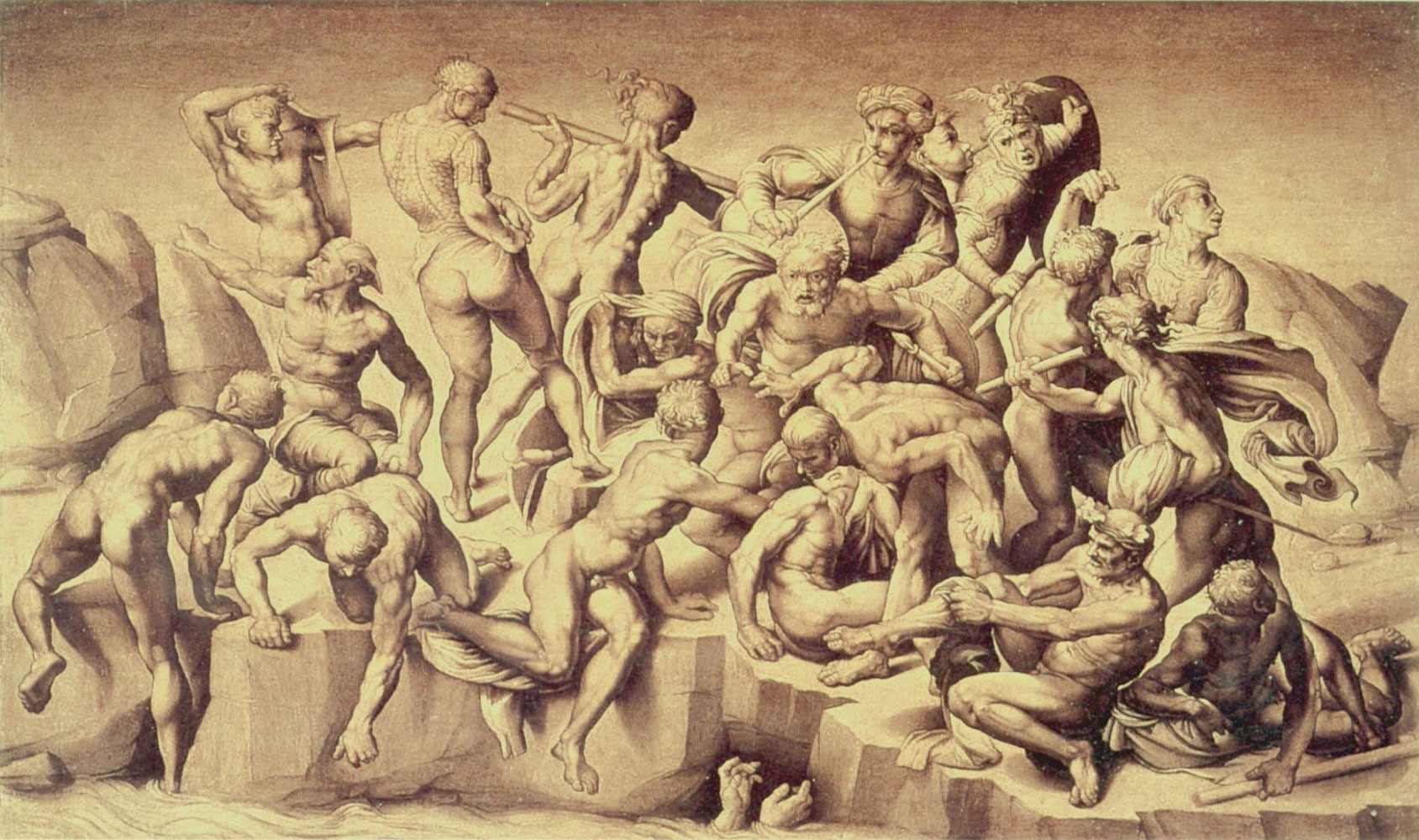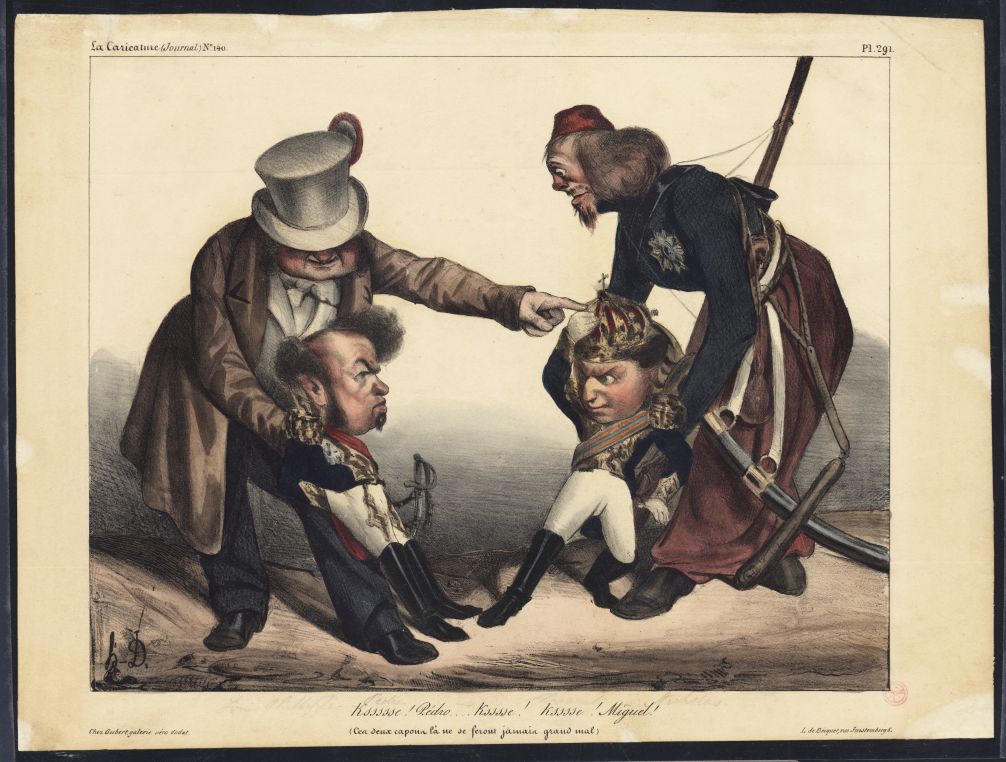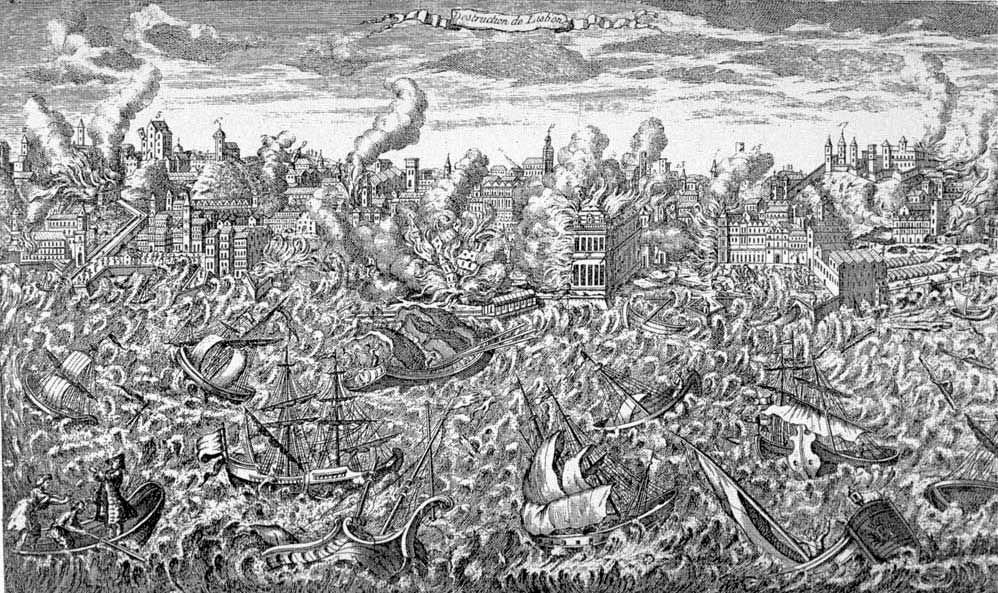|
Fort Of São Teodósio Da Ponta Do Cavalo
The Fort of São Teodósio da Ponta do Cavalo is a coastal fort located in a dominant position at the extreme west of the Bay of Sesimbra in the Setúbal District of Portugal. It was built between 1648 and 1652. History During the period of the Portuguese Restoration War (1640-68), King John IV undertook a project to modernize the coastal defences of the country. This included the remodelling of existing fortresses and reinforcing their firepower, together with the construction of new fortresses located in strategic positions. The Fort of São Teodósio was part of the defensive line of the stretch of coast, known today as the ''Costa Azul'' (Blue Coast), stretching from Albarquel to Sesimbra, which was designed to assist with the defence of the important maritime settlement of Setúbal. The fort was named in honour of the Crown Prince, Dom Teodósio, Prince of Brazil. It was executed by the military engineer Sebastião Pereira de Frias. Built in the Mannerist style from stone an ... [...More Info...] [...Related Items...] OR: [Wikipedia] [Google] [Baidu] |
Fort Of Cavalo Lighthouse
The Fort of Cavalo Lighthouse is located in the Fort of ''São Teodósio da Ponta do Cavalo'', on the western edge of Sesimbra, in the Setúbal District of Portugal. It started operations in 1896. History Work on installing the lighthouse and lodgings for the lighthouse keepers on the upper battery of the fort began on 12 November 1895. It began to operate on 15 September 1896 with a fixed red light beacon using a 6th-order dioptric-catadioptric Fresnel lens. The tower is cylindrical and made of iron, with vertical reinforcing strips and was originally painted white. It is 7 metres high and the light is at an altitude of 35 metres. In the context of World War I (1914-1918), the light was not used between 1916 and 1918. In 1927 the light was modified to a fixed white light, with regular occultations. For this purpose a mechanical clockwork device was installed. In 1953 the lighthouse began to use gas to fuel the light, with acetylene gas being introduced in 1958. In 1959 the tower ... [...More Info...] [...Related Items...] OR: [Wikipedia] [Google] [Baidu] |
Mannerism
Mannerism is a style in European art that emerged in the later years of the Italian High Renaissance around 1520, spreading by about 1530 and lasting until about the end of the 16th century in Italy, when the Baroque style largely replaced it. Northern Mannerism continued into the early 17th century. Mannerism encompasses a variety of approaches influenced by, and reacting to, the harmonious ideals associated with artists such as Leonardo da Vinci, Raphael, Vasari, and early Michelangelo. Where High Renaissance art emphasizes proportion, balance, and ideal beauty, Mannerism exaggerates such qualities, often resulting in compositions that are asymmetrical or unnaturally elegant. Notable for its artificial (as opposed to naturalistic) qualities, this artistic style privileges compositional tension and instability rather than the balance and clarity of earlier Renaissance painting. Mannerism in literature and music is notable for its highly florid style and intellectual sophist ... [...More Info...] [...Related Items...] OR: [Wikipedia] [Google] [Baidu] |
Forts In Portugal
A fortification (also called a fort, fortress, fastness, or stronghold) is a military construction designed for the defense of territories in warfare, and is used to establish rule in a region during peacetime. The term is derived from Latin ("strong") and ("to make"). From very early history to modern times, defensive walls have often been necessary for cities to survive in an ever-changing world of invasion and conquest. Some settlements in the Indus Valley Civilization were the first small cities to be fortified. In ancient Greece, large cyclopean stone walls fitted without mortar had been built in Mycenaean Greece, such as the ancient site of Mycenae. A Greek '' phrourion'' was a fortified collection of buildings used as a military garrison, and is the equivalent of the Roman castellum or fortress. These constructions mainly served the purpose of a watch tower, to guard certain roads, passes, and borders. Though smaller than a real fortress, they acted as a bord ... [...More Info...] [...Related Items...] OR: [Wikipedia] [Google] [Baidu] |
Fort Of Cavalo Lighthouse
The Fort of Cavalo Lighthouse is located in the Fort of ''São Teodósio da Ponta do Cavalo'', on the western edge of Sesimbra, in the Setúbal District of Portugal. It started operations in 1896. History Work on installing the lighthouse and lodgings for the lighthouse keepers on the upper battery of the fort began on 12 November 1895. It began to operate on 15 September 1896 with a fixed red light beacon using a 6th-order dioptric-catadioptric Fresnel lens. The tower is cylindrical and made of iron, with vertical reinforcing strips and was originally painted white. It is 7 metres high and the light is at an altitude of 35 metres. In the context of World War I (1914-1918), the light was not used between 1916 and 1918. In 1927 the light was modified to a fixed white light, with regular occultations. For this purpose a mechanical clockwork device was installed. In 1953 the lighthouse began to use gas to fuel the light, with acetylene gas being introduced in 1958. In 1959 the tower ... [...More Info...] [...Related Items...] OR: [Wikipedia] [Google] [Baidu] |
Liberal Wars
The Liberal Wars (), also known as the Portuguese Civil War () and the War of the Two Brothers () was a civil war in Portugal that lasted from May 1828 to May 1834, fought between liberal progressive constitutionalists (led by former King Pedro IV) and conservative traditionalists (led by King Miguel I) over the country's system of government and royal succession. Embroiled parties included the Kingdom of Portugal, Portuguese rebels, the United Kingdom, France, the Catholic Church, Spain and Russia. Roots of the conflict The death of King John VI in 1826 created a dispute over royal succession. While Dom Pedro, the Emperor of Brazil, was the king's oldest son, his younger brother Miguel contended that Pedro had forfeited his claim to the throne by declaring Brazilian independence and by declaring war on the Kingdom of Portugal, therefore violating the succession rules mentioned in the Fundamental Laws of the Kingdom. Pedro briefly entitled himself King Pedro IV of P ... [...More Info...] [...Related Items...] OR: [Wikipedia] [Google] [Baidu] |
Jean-Andoche Junot
Jean-Andoche Junot, Duke of Abrantes (; 25 September 1771 – 29 July 1813) was a French military officer who served in the French Revolutionary Wars and the Napoleonic Wars. He is best known for leading the French invasion of Portugal in 1807. Early life and education Junot was born into a bourgeois family in Bussy-le-Grand, Burgundy, on 25 September 1771. He was the fifth son of Michel Junot (1739–1814) and Marie Antoinette Bienaymé (1735–1806). He first attended school in Montbard, then in Châtillon, where be befriended Auguste de Marmont, then studied law in Dijon. At the start of the French Revolution, he was working as a law clerk in Chaumont. Junot embraced the revolutionary cause, and was present at the ''Fête de la Fédération'' in Paris on 14 July 1790. Early career On 9 July 1791, Junot was one of the founding members of his hometown's National Guard, serving as captain of its 1st company. Later that year he enlisted as a grenadier in the 2nd Battalion ... [...More Info...] [...Related Items...] OR: [Wikipedia] [Google] [Baidu] |
Peninsular War
The Peninsular War (1808–1814) was fought in the Iberian Peninsula by Kingdom of Portugal, Portugal, Spain and the United Kingdom of Great Britain and Ireland, United Kingdom against the invading and occupying forces of the First French Empire during the Napoleonic Wars. In Spain, it is considered to overlap with the Spanish War of Independence. The war can be said to have started when the First French Empire, French and History of Spain (1808–1874), Spanish armies Invasion of Portugal (1807), invaded and occupied Portugal in 1807 by transiting through Kingdom of Spain (1810-1873), Spain, but it escalated in 1808 after First French Empire, Napoleonic France occupied History of Spain (1808–1874), Spain, which had been its ally. Napoleon Bonaparte Abdications of Bayonne, forced the abdications of Ferdinand VII of Spain, Ferdinand VII and his father Charles IV of Spain, Charles IV and then installed his brother Joseph Bonaparte on the Spanish throne and promulgated the ... [...More Info...] [...Related Items...] OR: [Wikipedia] [Google] [Baidu] |
1755 Lisbon Earthquake
The 1755 Lisbon earthquake, also known as the Great Lisbon earthquake, impacted Portugal, the Iberian Peninsula, and Northwest Africa on the morning of Saturday, 1 November, All Saints' Day, Feast of All Saints, at around 09:40 local time. In combination with subsequent fires and a tsunami, the earthquake almost completely destroyed Lisbon and adjoining areas. Seismologists estimate the Lisbon earthquake had a magnitude of 7.7 or greater on the moment magnitude scale, with its epicenter in the Atlantic Ocean about west-southwest of Cape St. Vincent, a cape in Algarve region, and about southwest of Lisbon. Chronologically, it was the third known large-scale earthquake to hit the city (following those of 1332 and 1531 Lisbon earthquake, 1531). Estimates place the death toll in Lisbon around 30,000–40,000. A further 10,000 may have died in Morocco. The earthquake accentuated political tensions in Portugal and profoundly disrupted the Portuguese Empire. The event was widely di ... [...More Info...] [...Related Items...] OR: [Wikipedia] [Google] [Baidu] |
Teodósio, Prince Of Brazil
'' Dom'' Teodósio, Prince of Brazil, Duke of Braganza (''Teodósio de Bragança''; ; 8 February 1634 – 15 May 1653) was the eldest son of John IV of Portugal and heir apparent to the Portuguese throne from 1640 until his death. In 1645, he was created Prince of Brazil and 9th Duke of Braganza. Biography Born on 8 February 1634 in Vila Viçosa, Teodósio was the first child of John IV of Portugal and Luisa de Guzmán, then the Duke and Duchess of Braganza. Shortly after birth, he was granted the title Duke of Barcelos. In December 1640, John was proclaimed King John IV of Portugal by the Portuguese nobility, marking the end of the 60-year-old Iberian Union and establishing the House of Braganza on the Portuguese throne. A month later, on 28 January 1641, Teodósio was sworn in as heir apparent by the Portuguese Cortes. Seeking to grant a more prestigious title that would reflect the grandeur of the new dynasty, John IV created the title Prince of Brazil and bestowed it, ... [...More Info...] [...Related Items...] OR: [Wikipedia] [Google] [Baidu] |
Sesimbra
Sesimbra () is a municipality of Portugal, in the Setúbal District, lying at the foothills of the ''Serra da Arrábida'', a mountain range between Setúbal and Sesimbra. Due to its particular position at the Península de Setúbal, Setúbal Bay, near the mouth of the Sado River and its natural harbour, it is an important fishing town. The population in 2011 was 49,500, in an area of 195.47 km². The present Mayor is Francisco Jesus. General information Besides professional fishing and sport fishing (mainly of swordfish), the most significant revenues in Sesimbra come from tourism. The town is known for its beaches, fish restaurants and nightlife. The original recorded name was ''Cempsibriga'', a compound of the widespread Celtic languages, Celtic element ''-briga'' "high place, fortification" and the Lusitanians, Lusitanian or Celtic tribal name ''Cempsi'' (maybe from the Celtic root ''*kemm''). Close by, on a mountaintop, Above mean sea level, above sea level, lies strate ... [...More Info...] [...Related Items...] OR: [Wikipedia] [Google] [Baidu] |
Setúbal
Setúbal ( , , ; ), officially the City of Setúbal (), is a city and a municipality in Portugal. The population of the entire municipality in 2014 was 118,166, occupying an area of . The city itself had 89,303 inhabitants in 2001. It lies within the Lisbon metropolitan area, about from Lisbon downtown by road. In the times of Al-Andalus, the city was known as ''Shaṭūbar'' (Andalusian Arabic: ), after the old pre-Roman name of ''Caetobriga''. In the 19th century, the port was called ''Saint Ubes'' in English, and ''Saint-Yves'' in French. The municipal holiday is 15 September, which marks the date in 1860 when Pedro V of Portugal, King Pedro V of Portugal officially recognised Setúbal as a city. City information The city of Setúbal is located on the northern bank of the Sado River estuary, approximately south of Portugal's capital, Lisbon. It is also the seat of the Setúbal District and formerly in the historic Estremadura Province (1936-1976), Estremadura Province. ... [...More Info...] [...Related Items...] OR: [Wikipedia] [Google] [Baidu] |
Albarquel
Albarquel Beach (Praia de Albarquel) is a beach located in Setúbal, Portugal 30km southeast of Lisbon. The beach is on a bay overlooking the Tróia Peninsula and the city. The area is suitable for swimming, boating, windsurfing, and kitesurfing. In 2020, the Municipality of Setúbal started a program focused on making beaches accessible to everyone. Information on beach plaques is in Portuguese, English, French, and Braille. Solar-powered audio guides are available in Portuguese, English, French, and Spanish to help disabled guests safely move around the area. Other features expected to be introduced are accessible entrances into the water, including mats and walkways; the erection of a pergola made of recycled plastic to provide shade; accessible showers and bathrooms; and beach wheelchairs, one made for walking along the shore and one for venturing into the water. The Municipality also intends to train staff on inclusive practices and has connected with the physiotherapy, nu ... [...More Info...] [...Related Items...] OR: [Wikipedia] [Google] [Baidu] |





